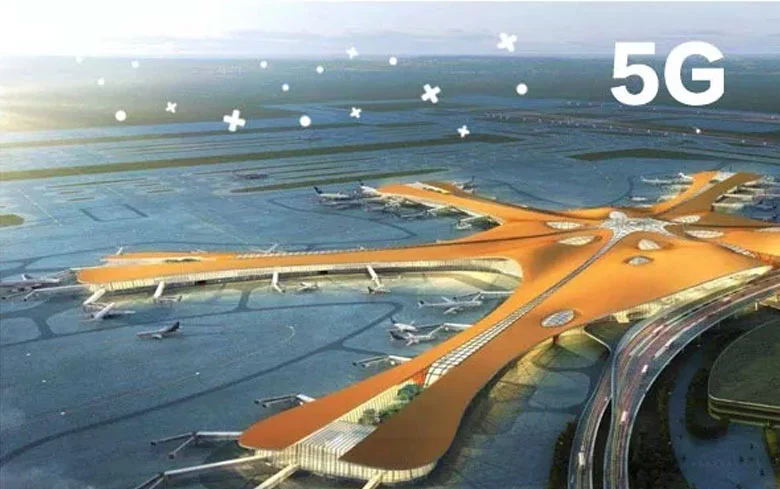
The Impact of 5G on the Development of Smart Airports
With the advent of 5G technology, the aviation industry is experiencing a significant transformation, particularly in the development of smart airports. 5G, the fifth generation of wireless technology, offers unprecedented connectivity, speed, and capacity, enabling airports to enhance operational efficiency, passenger experiences, and overall safety. 5G technology Smart airports
In this article, we will explore the impact of 5G on the development of smart airports and the benefits it brings.
Improved Connectivity and Communication
One of the key advantages of 5G technology in smart airports is its ability to provide ultra-fast and reliable connectivity. With 5G networks, airports can handle large volumes of data in real time, allowing for seamless communication between various airport systems, devices, and stakeholders. This enhanced connectivity enables faster and more efficient operations, such as real-time baggage tracking, remote aircraft monitoring, and optimized ground handling services.
Enhanced Passenger Experiences
5G technology offers immense potential to enhance passenger experiences within smart airports. With high-speed and low-latency connections, airports can provide passengers with real-time information, personalized services, and interactive experiences. For example, passengers can access augmented reality (AR) or virtual reality (VR) applications to navigate airports, locate amenities, and explore nearby attractions. Additionally, 5G enables faster and more reliable internet access, allowing travelers to stay connected and productive throughout their journey.
Advanced Security and Surveillance
Security is a paramount concern for airports, and 5G technology plays a crucial role in enhancing security and surveillance systems. With its high bandwidth and low latency, 5G enables the deployment of advanced video analytics, facial recognition, and biometric systems. These technologies can be used for efficient and accurate identification of passengers, baggage screening, and access control, ensuring a safer and more secure environment within smart airports.
Internet of Things (IoT) Integration
5G technology facilitates seamless integration of the Internet of Things (IoT) within smart airports. The IoT allows various devices and systems to connect and communicate with each other, enabling efficient data exchange and automation. For example, sensors can be deployed throughout the airport to monitor environmental conditions, occupancy levels, and energy consumption, leading to better resource management, energy efficiency, and predictive maintenance.
Key Companies in the Field
Several companies are actively contributing to the development of smart airports by harnessing the potential of 5G technoIogy.
Several companies are playing a significant role in leveraging 5G technology for the development of smart airports. Here are some of them:
- Ericsson: Ericsson is a leading provider of 4G and 5G networks and has been instrumental in enabling digitalization in airports.
- Microsoft: Microsoft is leveraging 5G technologies to implement smart airports, focusing on optimizing operations and safety.
- NTT: NTT has developed an integrated private 5G solution to enable push-to-talk and other smart airport services.
- Huawei: Huawei has supported the creation of a new, smart travel experience at Beijing Daxing International Airport with 5G gigabit networks.
- Aena and Cellnex: Aena, in collaboration with Cellnex, has brought 5G technology to San Sebastian airport, identifying 5G as one of the key technologies for its operations.
These companies are at the forefront of integrating 5G technology into airport operations, paving the way for the development of smart airports.










